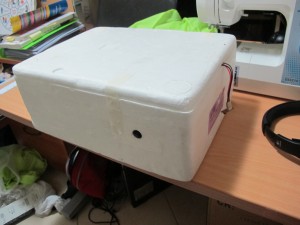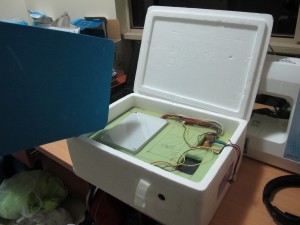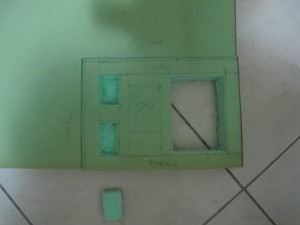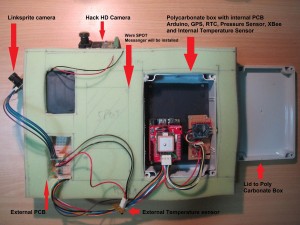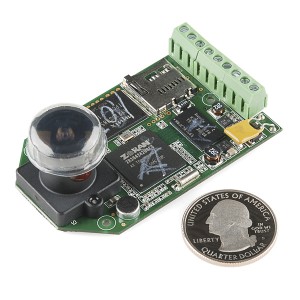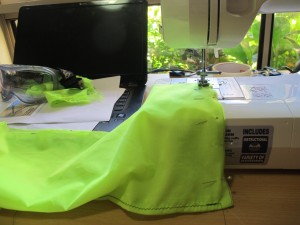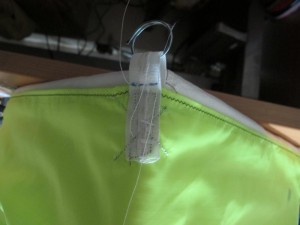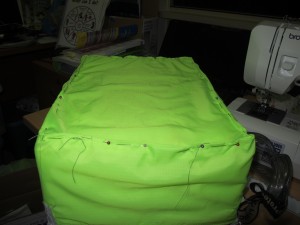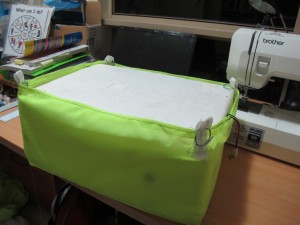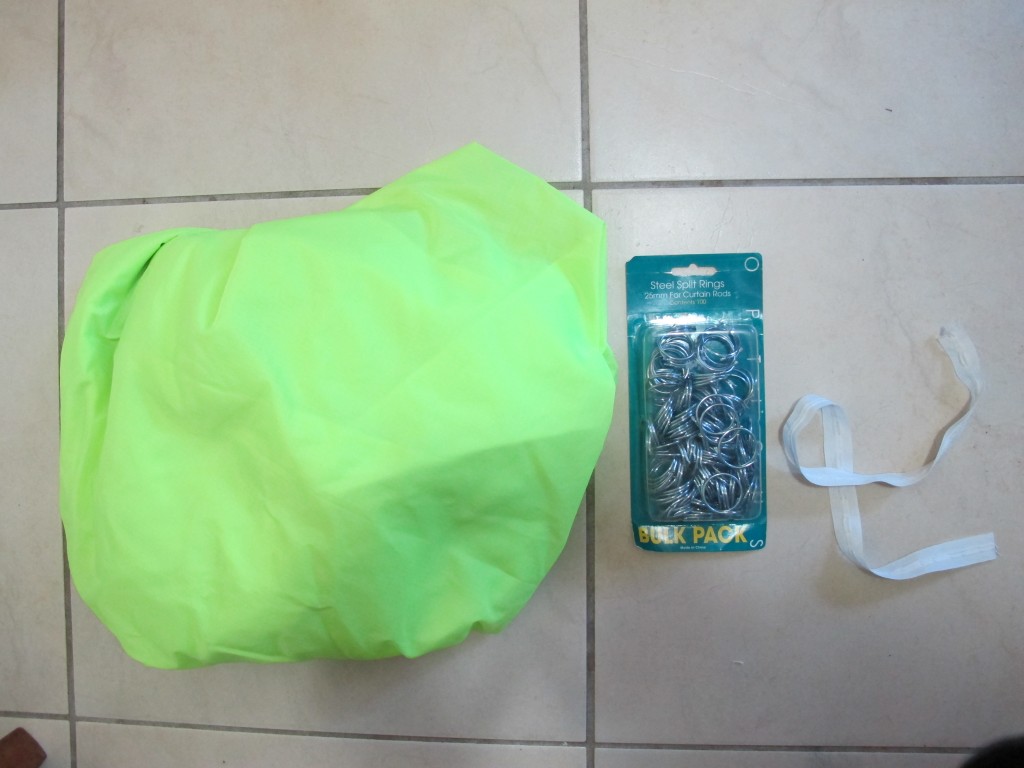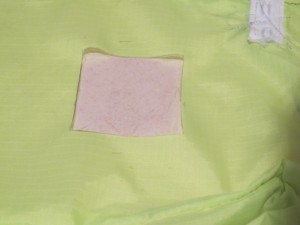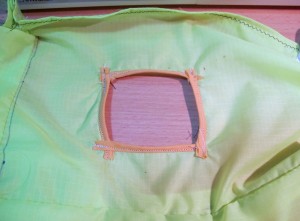Selecting an Antenna
As usual, I underestimated the importance of the antenna and the difficulties involved in selecting what ultimately needs to be a compromise. We can’t have everything! We need to decide upon the antenna for the HAB and the ground antenna.
HAB Air Antenna
What we need out of an antenna
The things to consider are:-
- Profile – horizontal and vertical – we want to to 360 degress around and require vertical radio to be maximum directly below and still be fairly strong up to 45 degrees and not so strong at the horizontal.
- Impedance – It needs to match that of the XBee modules which is 50Ohms.
- The gain – well, this is something we can’t control, because we need sufficient coverage (Profile above). It would be great if we can have a ground plane above the antenna to reduce radiation above the antenna.
- Bandwidth requirements dictated by XBee is 902MHz to 928MHz
Other considerations
The cable and connectors are also very important because we lose a fair amount of the signal in these components, before it is even radiated.
- Connectors need to be 50Ohm
- Connectors needs to be easy to connect to cable
- Connectors need to have suitable bandwidth
- Cable needs to as low loss as possible (minimal attenuation)
- Cable needs to be able to bend sufficiently to attach to antenna and XBee.
- Cable needs to be 50Ohm to match the xBee modules.
Where to obtain
The antenna here might do the job. Still investigating this.
Ground Base Antenna
It is possible we might be best getting two types of antennas for the ground base station. A:-
- Yagi
- A spiral antenna
We consider what we need in these two antennas separately. I have read that during the initial stages of the flight, when the ground station is under the balloon, the radiation pattern is more circularly polarized. Use of a Yagi in this stage of flight would lead to highs and lows (absence) of signal, whereas a Spiral will be 3db down, but will not lose signal altogether.
As the HAB moves further away, the radiation coming from the HAB is closer to horizontally polarized, and so we can then employ the YAGI.
Yagi
What we need out of an antenna
The things to consider are:-
- Profile – Highly directional
- Impedance to be 50ohms
- The gain to be as great as possible. (VFT suggested high gain was better and that a lower gain (to increase profile angle) probably wasn’t the best way to go.
- Horizontally polarized
- Bandwidth of 900 to 928Mhz
Other considerations
- Connectors need to be 50Ohm
- Connectors needs to be easy to connect to cable
- Connectors need to have suitable bandwidth
- Cable needs to as low loss as possible (minimal attenuation)
- Cable needs to be able to bend sufficiently to attach to antenna and XBee.
- Cable needs to be 50Ohm to match the xBee modules.
Where to obtain
The antenna here might do the job. Still investigating this.
Spiral Antenna
This is sometimes referred to as a Helix antenna.
What we need out of an antenna
The things to consider are:-
- Profile – Rotation
- Impedance 50ohms
- The gain needs to be as high as possible.
Other considerations
- Connectors need to be 50Ohm
- Connectors needs to be easy to connect to cable
- Connectors need to have suitable bandwidth
- Cable needs to as low loss as possible (minimal attenuation)
- Cable needs to be able to bend sufficiently to attach to antenna and XBee.
- Cable needs to be 50Ohm to match the xBee modules.
Where to obtain
I’m considering making this antenna myself. I’ve found a good website that describes how to make a Helix Antenna. It also mentions how to get the impedance close to 50Ohms using about 6 different techniques!! A shop in town has an impedance meter and if push comes to shove, I’ll ask them if they can measure the impedance for me. I’m currently waiting for some 2mm solid copper to arrive.

